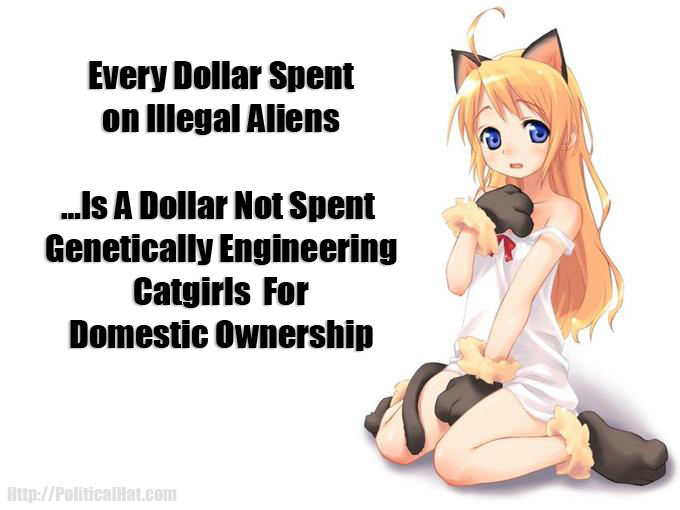
There has been, for some unfathomable reason, a staunch opposition to genetically engineering catgirls for domestic adoption. Now the bioethics of raising animals to the level of human (e.g. “uplifting”) is not only being brought up, but even attacked!
“Bioethics journals play a crucial role in this, providing an important space for this reflective exercise to take place. There are (at least) three important dimensions to this. The first involves identifying the ethical issues raised by these emerging technologies. The second, debating these issues, with journals providing an important forum in which disagreement and debate can play out on how to respond to them. Only once reasoned views have been formed on these morally contentious issues can these then be used to inform the development of tangible public policy or regulation — the third important dimension.
“It is the debate over these contentious issues that has come under threat in recent years, with increasing pressure to avoid engagement with ideas deemed ‘unpalatable’ from a misplaced fear that debating the issues simply serves to give oxygen to (allegedly) unacceptable views. Within this context, bioethical journals and their publishers must strive to ensure that they continue to provide a space in which all views on these issues are explored and debated however controversial or morally questionable they may be. The best way to confront immoral or mistaken viewpoints is to challenge the errors and presumptions that underpin those views. Abdicating from, or worse silencing, dissenting voices is a dead end.”
And, sadly enough, such experiments shouldn’t even be allowed, according to some!
“The idea that perhaps such experiments shouldn’t be conducted at all isn’t even considered by the bioethicists, who tend to cite the usual justification for radicalism in science, such as that human diseases could be eventually ameliorated by the findings of such experiments. They are concerned with setting “new standards for future research,” and the moral status of humanized animals should be accorded.
“There are two kinds of such animals discussed: animals in which neural function is not affected (such as, say, a pig with a humanized kidney for use in transplantation medicine), and animals with modified brains that enhance their intelligence. To these bioethicists, function is the key:
“‘The origin of a neuron, brain or person does not matter morally. It does not matter whether they are natural or artificial, carbon based or silicon based. Their anatomy or structure does not matter. Their appearance does not matter. What matters morally is function.’”
But how can we genetically engineer hyperintelligent catgirls with such restrictions?

Even primate chimeras are being considered verboten.
“Back to our humanized animals (what bioethicists are really talking about are personalized animals) — we could soon see human consciousness engineered into an ape:
“‘If brain organoid research were to progress and substantial parts of key areas of, say, primate brains were replaced. If this replacement results in self-consciousness at the site of transplantation, or if the consciousness of the transplanted human brain organoid coexists with that of the host primate brain, we may confront a daunting ethical dilemma: the existence of human consciousness within a primate’s body.’
“The authors worry that if such an animal becomes conscious in the human sense, it could be wrong to experiment on or kill it. But how to know? Experiments!”
This attack on mad scientists is and ought to be intolerable!
“The answer to bad speech is, indeed, better speech. But notice: There is nothing in the editorial about inviting the wider society into these discussions. It’s all about the opinions expressed in the journals toward achieving ‘consensus.’ When that happens, the consensus is often imposed on public policy.
“And therein lies the rub. The moral values that predominate within bioethics are not shared by a large percentage of the people who are supposedly served by this field. Indeed, when the editorial worries about the ‘silencing’ of dissenting voices, I believe what it really worries about is public pressure from those of us outside the field who are rightfully disgusted by what passes for learned discourse in it.”

A little mood music.
![]()






